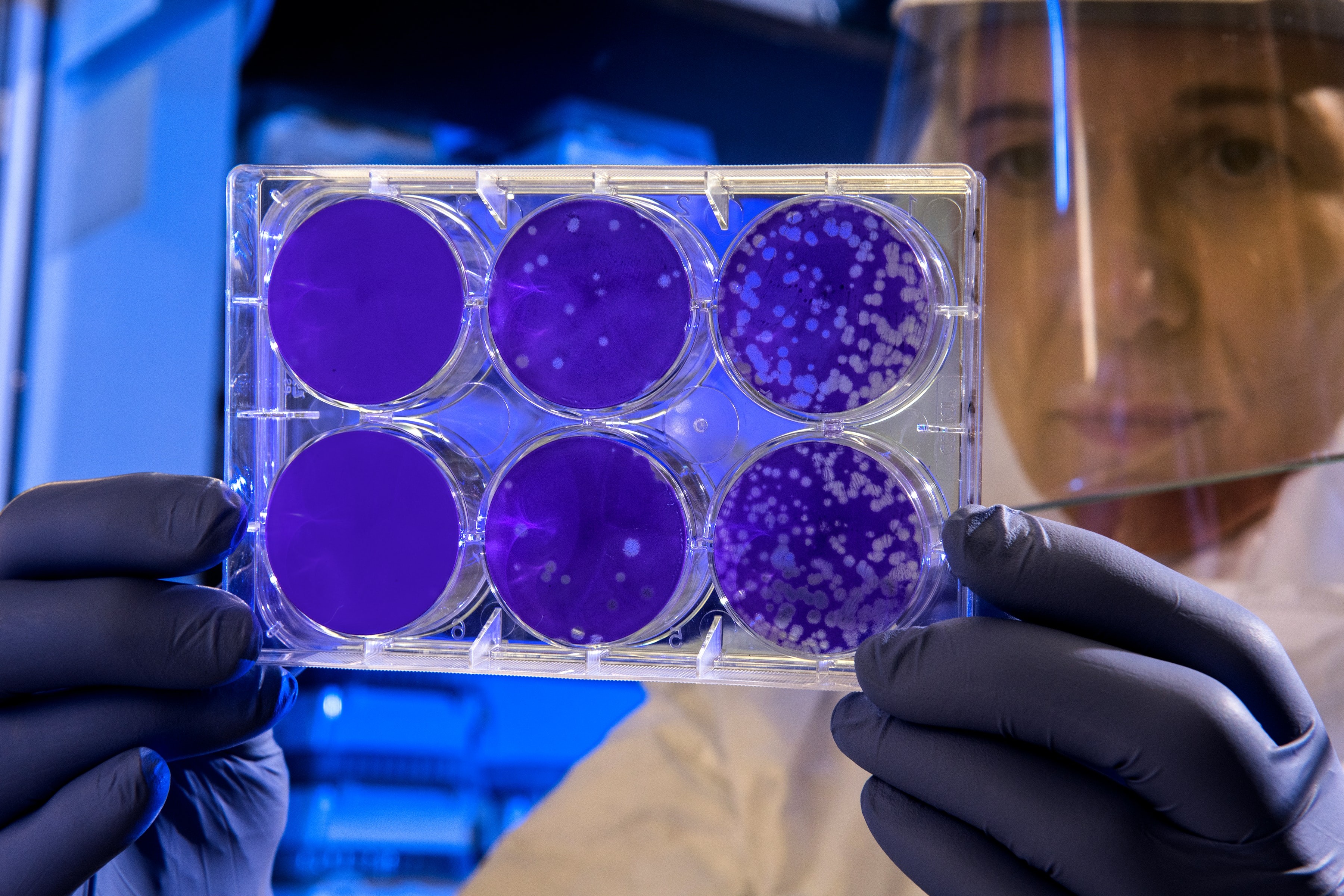Who we are
Nanoksi aims to make the world a safer place, one surface at a time. We have some real superpowers helping us along the way: Finnish know-how and nanotechnology.

In the beginning, there was a dirt-repellent surface
The story of Nanoksi began in 2016, as we set out to develop a nanotechnology-based nanocoating solution. The development work and partnership with universities and commercial research institutes resulted in the dirt-repellent coating service solution. Nanoksi Finland Oy was founded in 2017.
In our method, a thin layer of nanocoating is applied evenly to the surface. The layer is hardly visible to the naked eye, but it has the desired effect. In households and bigger facilities, our solution protects indoor and outdoor surfaces making them wear-resistant, dirt-repellent and easy to clean.
Mere dirt-repellency just wasn’t enough for us. We wanted to develop a coating solution that also destroys viruses, bacteria, mould spores and volatile organic compounds present on different surfaces.

And then there was cleansing light
The importance of good surface hygiene in fighting infectious diseases is well understood in healthcare. Conventional surface disinfection destroys pathogens only for as long as the sanitiser is evaporating from the surface. We wanted to develop a self-disinfecting coating solution that destroys microbes from surfaces constantly, including between cleanings.
Thus, we set out to explore the potential of photocatalysis technology. In collaboration with the University of Tampere, we developed a plasmonic coating solution that works extremely efficiently even in normal room light. The secret lies in the elements added to the titanium dioxide coating, the so-called harvesters. From the partnership arose our subsidiary, Plasmonics Oy.
Our Fotonit photocatalytic coating functionality has been confirmed by a study conducted at the University of Tampere. The study concluded that photocatalysis is capable of destroying 98% of influenza viruses in two hours under normal lighting conditions. The results indicate that the technology will also be of significant benefit in combating the COVID-19 pandemic.